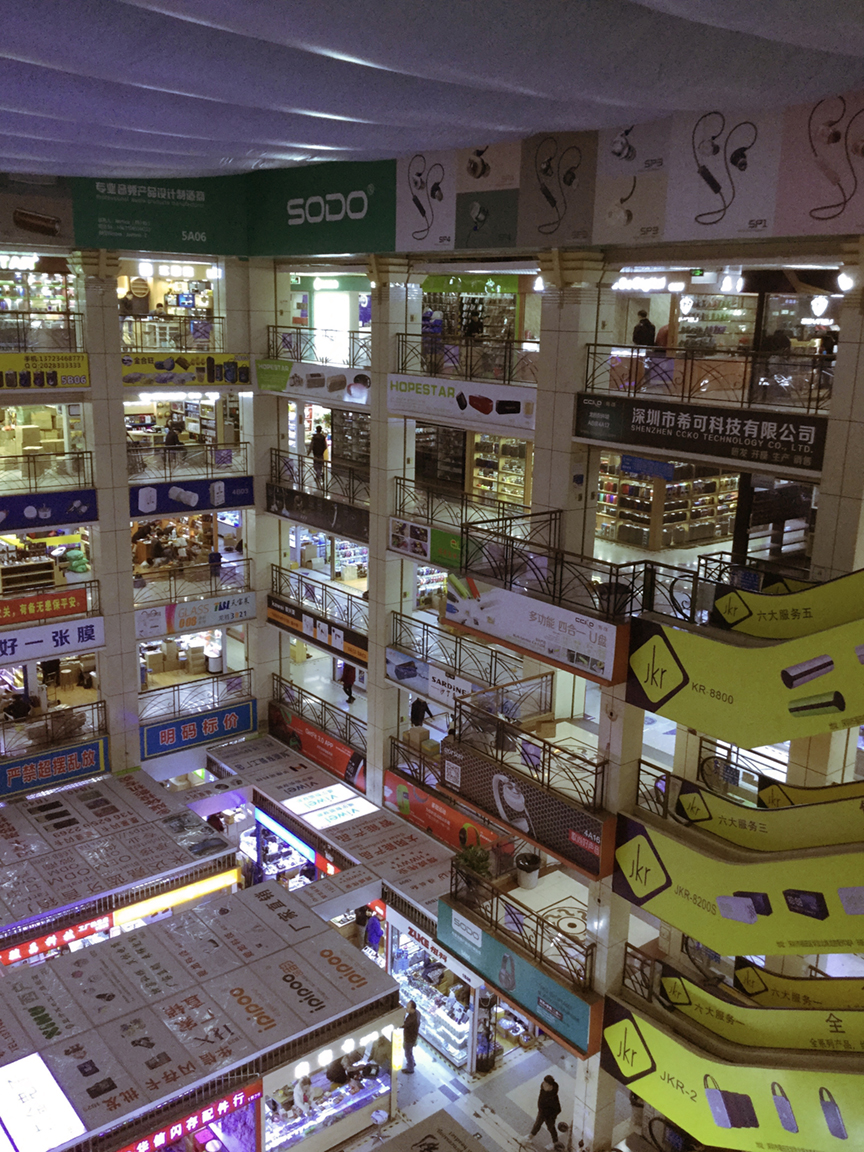› Forums › General › News (General) › Chinese tech isn’t an imitation . It’s a completely different universe.
Tagged: BizDev_G2, Ecosystem_G10
- This topic has 1 voice and 0 replies.
-
AuthorPosts
-
-
August 2, 2018 at 5:11 pm #23420
WeChat. WeChat is an app made by Tencent that has become crucial to life in China, especially with Tencent’s state-sponsored initiative of 智慧生活 (zhihuishenghuo, smart living). WeChat enables access to messaging, video chat, payment systems, and public services. And it has nearly one billion users — about as many users as Facebook Messenger. In fact, many of WeChat’s features have recently been eerily appearing in Facebook Messenger.
Shenzhen is a city built on exceptions. David explains that when the Chinese government decided to experiment with capitalism in the 1980s, it didn’t want to expose existing major cities like Beijing or Shanghai to the risk of failure. Instead, the government chose Shenzhen, a tiny cluster of fishing villages, even building up a wall in some parts to demarcate the boundary between socialism and capitalism.
Since the beginnings of the experiment, Shenzhen has exhibited all kinds of hockey-stick-shaped growth that people in Silicon Valley talk about in hushed tones of exaltation. The population has skyrocketed from 30,000 to almost 12 million, the cost of living has gone up, innovation is surging, and the time it takes to create, design, or build a new product decreases day by day.
One part of Huaqiangbei’s market, selling packaged electronic goods.
Open-Source on Hyperspeed
In Shenzhen, 山寨 (shanzhai) has a different meaning than mountain stronghold—yet the term so eloquently expresses a continuity, a history, and a genesis. Shanzhai is a Cantonese term, originally used as a derogatory word for knock-offs — because people from rural mountain villages couldn’t afford real Louis Vuitton or officially produced DVDs of Friends. As a result, there was the cheaper, 山寨 version that was a mere imitation, coming from low-end, poorly run 山寨 factories.
I joke with people that I have not traveled in China — I have time-traveled. Shenzhen to Guangzhou takes a mere thirty minutes on the high-speed train that runs at 186 miles per hour. Through the turnstiles, a passport reader scans your ID and ticket, displaying your face on a screen. A green box appears, using facial recognition to signal that you are allowed to pass.
-
-
AuthorPosts
- You must be logged in to reply to this topic.

